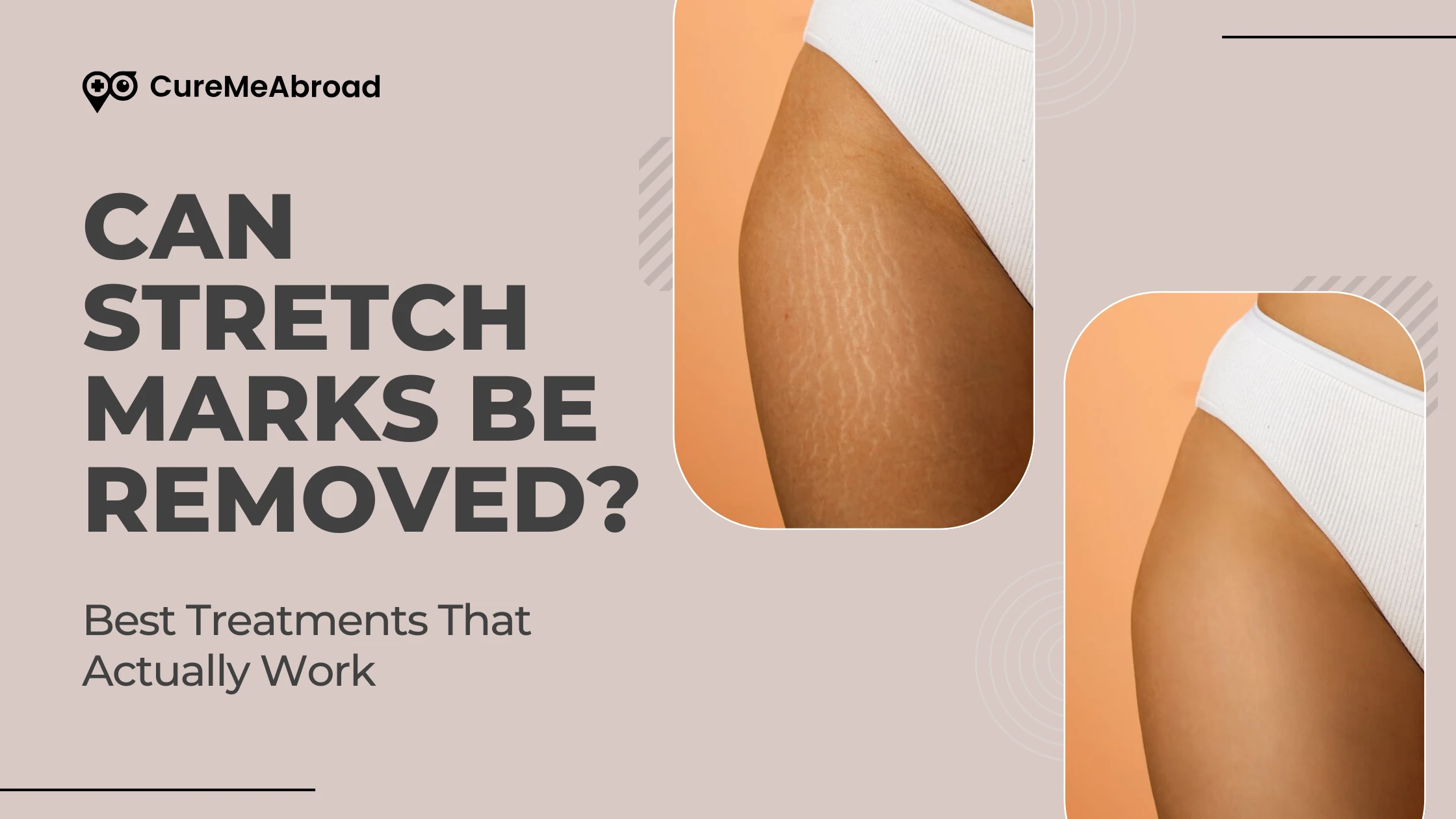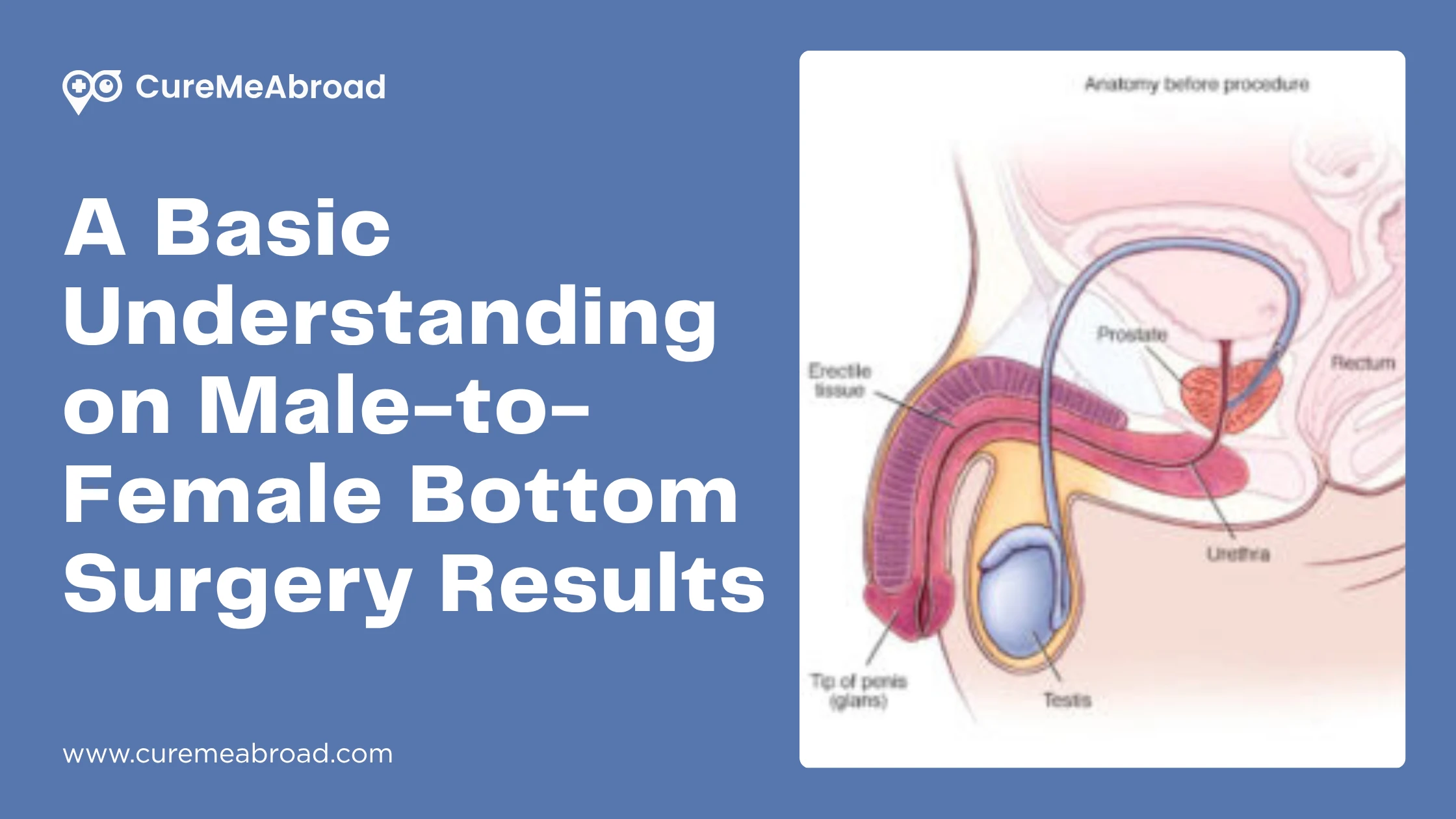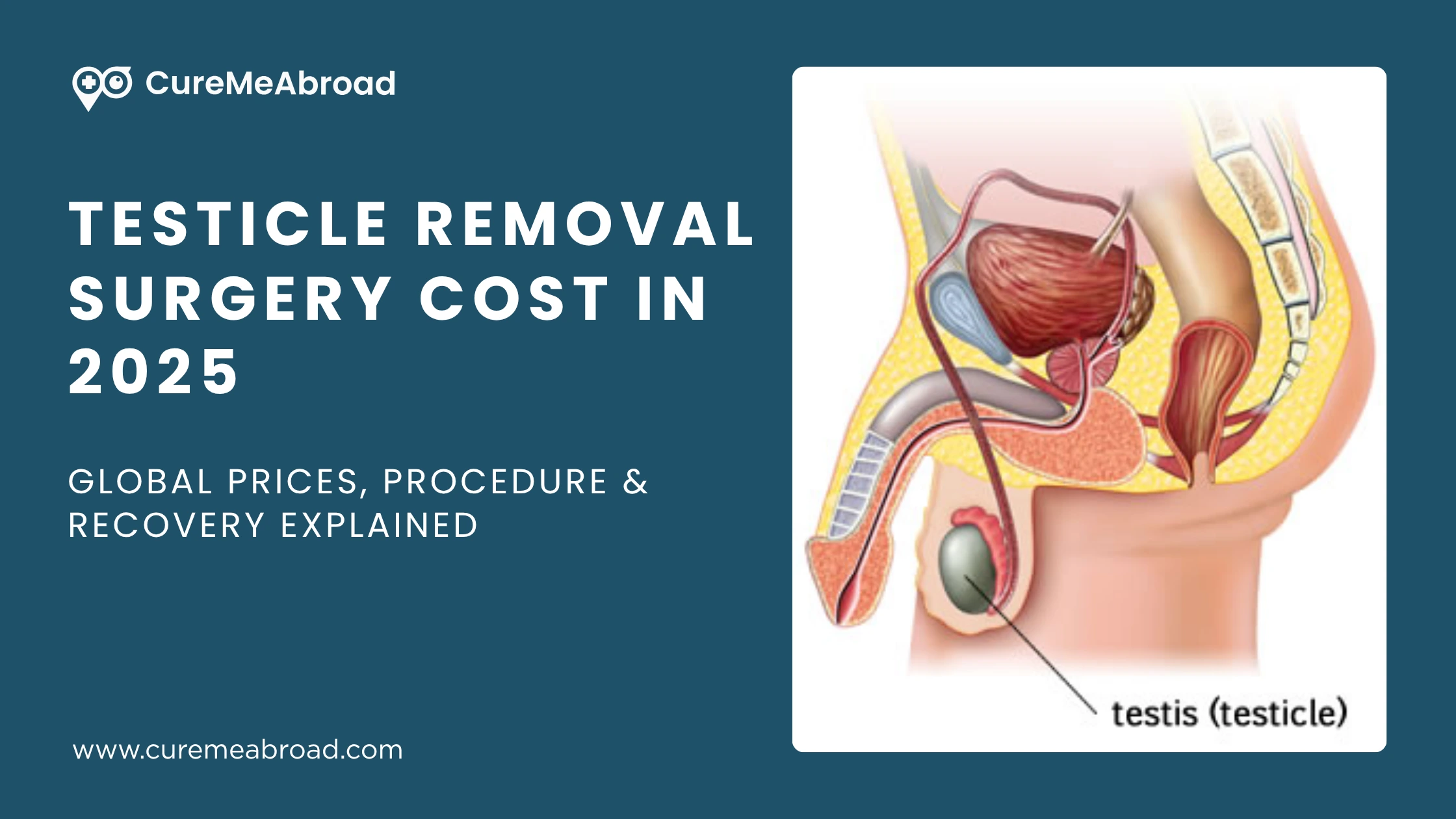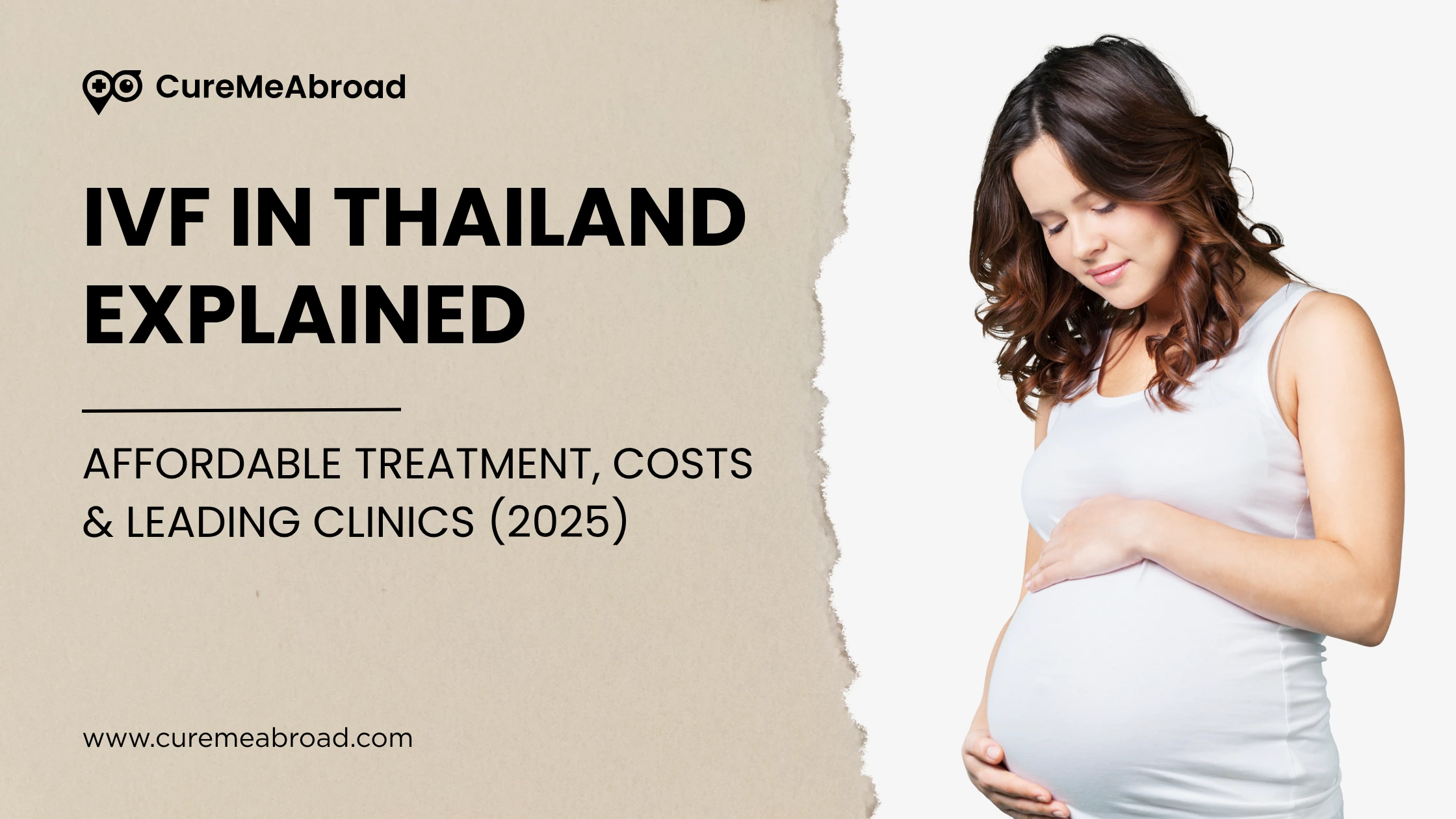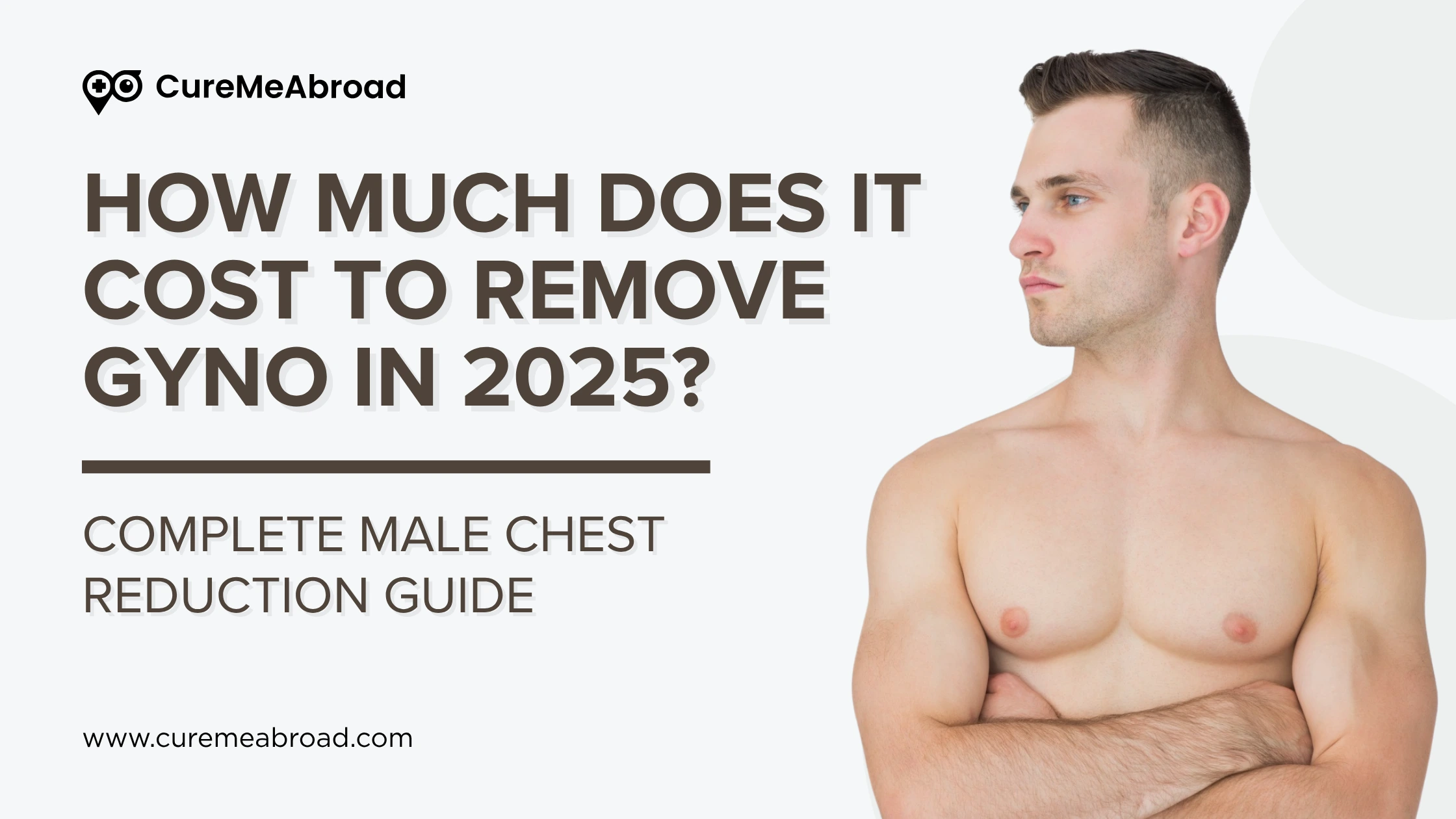Stretch marks are the indented lines that appear on the skin in areas like abdomen, arms, hips, buttocks, breasts or any other places of the body mainly due to pregnancy or obesity. Even though these are not harmful, many people don't like the way it appears on the skin and how it makes them look. So one of the common questions that arises is: Can stretch marks be removed? Well, according to the experts, stretch marks cannot be removed completely. However, with the help of modern dermatological techniques, these marks can be reduced and made less visible thereby boosting your confidence.
In this article, let us explore the science behind stretch marks, why they appear, can stretch marks be removed and what are some of the best treatments that actually work.
What are stretch marks? Why do they appear on skin?
Stretch marks, medically known as ‘striae distensae’, is essentially a type of scar that forms when the skin undergoes rapid stretching or shrinking. This quick change causes the collagen and elastin present in our skin to rupture and when the skin heals naturally these scars appear. Not everyone develops these scars. Hormonal fluctuations and genetics play a major role in this. You might develop stretch mark if you are undergoing any of these following changes:
- Pregnancy
- Weight loss or gain
- Muscle growth due to weight training
- Puberty
Stretch marks usually appear first as a light red or pink colour. These are known as ‘striae rubrae’. As time passes, they gradually change into whitish or silvery colour and are called ‘striae albae’. Since these marks are basically scars, just like any other type, it is not possible to remove them completely but certain treatments and medications can make them less prominent.
Can stretch marks be removed completely?
One of the most researched questions is : Can stretch marks be removed completely? The truthful and honest answer is NO. To date, no treatment has proven to effectively and permanently eliminate stretch marks. Experts say that most of the treatments can bring a change in the way they look, but cannot remove them completely. Instead, these treatments can reduce pigmentation and boost elastin and collagen remodelling which helps to blend the stretch marks with background skin and make it look more smooth.
What determines the effectiveness of treatments?
Age and ethnicity are two important aspects that play a key role in determining the effectiveness in the treatments. Recent and reddish stretch marks are easier to be diminished than older white ones. Also people with darker skin tones may face complications like hyperpigmentation. The location of the scar and the consistency of the treatment also contribute in assessing the effectiveness of treatment. Keep in mind, the goal is not to remove them completely, but to make them less prominent and visible.
Treatments that actually work
Not everyone can be treated the same way. Some treatments and medications benefit some individuals while it may have no effect on others. If you are pregnant, consult your doctor before you start these treatments as a few contents in the medications can be harmful to the baby.
Topical Medications
Many creams, lotions and gels have been studied by researchers to cure stretch marks. Topical retinoids like Tretinoin or Retin-A are commonly used. These are derivatives of Vitamin-A that can promote collagen production and help to fade early stretch marks. Studies have shown that applying tretinoin daily for a period of 4-6 months can visibly reduce stretch marks. These products need to be massaged gently onto the skin everyday for better results. It is shown to cause some irritation and redness and is advised not to be used during pregnancy. Cocoa butter, almond oil and Vitamin E also helps to keep the skin hydrated and can make stretch marks less visible over time.
Laser Therapy
Most experts believe that while laser treatment can reduce the look of stretch marks, it cannot completely erase them. The results suggest a 20% to 60% improvement rate when participants undergo up to 20 therapy sessions over the course of several weeks. The markings can get lighter, but this is also dependent on the age of the stretch marks. The type of laser employed, whether ablative (skin surface treatments) or non-ablative (using heat to get below the top skin layer), can influence therapy success. The various laser treatments include: Fractional CO2, Er:YAG (Erbium yttrium aluminum garnet), pulse dye lasers, picosecond lasers and so on. Combination laser treatments might use more than one type of laser. Lasers break down scar tissue and improve blood and lymph circulation to that region. There is a risk of post - inflammatory hyperpigmentation (PIH), when lasers are used on people with darker skin tones. Proper skin preparation can limit these risks. The cost per session is high and typically multiple sessions are required.
Microneedling
Can stretch marks be removed by microneedling? The answer is yes. Microneedling is a non-invasive technique that is used to cause tiny injuries on the skin to promote collagen thereby fading stretch marks. Microneedling can be performed on stomach, thighs, arms or any other areas. A numbing cream is often applied prior to the procedure to reduce the pain during injections. Mild redness and swelling is common after the procedure. Multiple sessions are usually required to achieve the best results. The number of sessions depends on the severity of the stretch marks. Apart from traditional microneedling, the techniques can be combined with radiofrequency, lasers and platelet rich plasma for enhanced results. This treatment is also affordable compared to laser technology which makes it a popular choice.
Chemical Peel
Chemical peels containing glycolic acid can be used to exfoliate skin and promote cell rejuvenation. These too cannot remove stretch marks completely but repetitive use can be effective in making them less visible.
Home Remedies
Unlike other treatments, home remedies may not produce drastic or dramatic effects. Still, consistent use can bring some changes. Readily available at home ingredients like Aloe vera gel, coconut oil, sugar and coffee powder can be used to make DIY scrubs and gels that helps to reduce stretch marks. It might take a long time before the results start to appear.
Ways to prevent stretch marks
Since we have answered the question; Can stretch marks be removed?, let us look at ways to prevent these stretch marks from appearing. Although age and genetics are important factors which we cannot control, there are ways by which we can prevent it. These are:
- Stay Hydrated
- Eat Balanced Foods
- Moisturize Daily
- Apply Sunscreen
So, let us conclude. Can stretch marks be removed? Advanced dermatological procedures can bring about drastic changes, often improving look by 70–90%, although no treatment can ensure 100% elimination. Stretch mark treatment has been transformed by contemporary methods like laser therapy, microneedling, and PRP, which provide noticeable, tangible effects that creams alone cannot. Although stretch marks are a natural part of life, there are very good treatments if they make you feel insecure. The easiest method to figure out which treatment is best for your skin type and stretch mark situation is to speak with a licensed dermatologist.
You can finally bid those tenacious marks farewell and attain smoother, firmer, and more evenly toned skin with a combination of professional treatments, topical care, and regular skincare routines.
FAQs
1. How can I get rid of stretch marks?
Getting rid of stretch marks completely is difficult, but several treatments can reduce their appearance. Topical creams with ingredients like retinoids or hyaluronic acid can help fade new stretch marks. Treatments like laser therapy, microneedling, and chemical peels stimulate collagen production and improve skin texture, making the marks less noticeable.
2. Is microneedling safe to remove stretch marks?
The usefulness of microneedling for stretch marks has been clinically demonstrated. This procedure produces controlled micro-injuries that stimulate the body's natural production of collagen and elastin, resulting in firmer and smoother skin.



